Description
The Crucifixion, Byzantine, Constantinople (10th Century)
The Christian Eastern Roman Empire’s culture is called Byzantine in reference to Byzantium, the classical name for Constantinople (contemporary Istanbul). In 330 A.D., Emperor Constantine I transferred the capital of his empire from Rome to Constantinople. For the next thousand years, the empire remained a mighty bastion of Christianity both culturally and militarily. In 1453, Constantinople fell to the Turks and became the Capital of the Ottoman Empire.
Byzantine culture had its own, unique aesthetics. The painting and sculpture limited itself almost entirely to religious scenes, expressed in a static, almost impersonal manner, within strict theological boundaries. Ivory carving developed into great art forms after the 8th century. Almost half the icons depict Christ on the cross, usually with Mary and John at its foot.
This replica of a Byzantine ivory carved icon (Constantinople, 10th century) illustrates Christ at center on a cross. Soldiers flank each side as angels hover above. The four drills holes in the icon’s frame indicate that it was later used to decorate a book cover.
Part of the Parastone Museum Collection of noteworthy museum statues, paintings and cultural artifacts. Made from resin to look like ivory, metal stand included, measures 6.25″H x 4.5″W x 0.5″D.

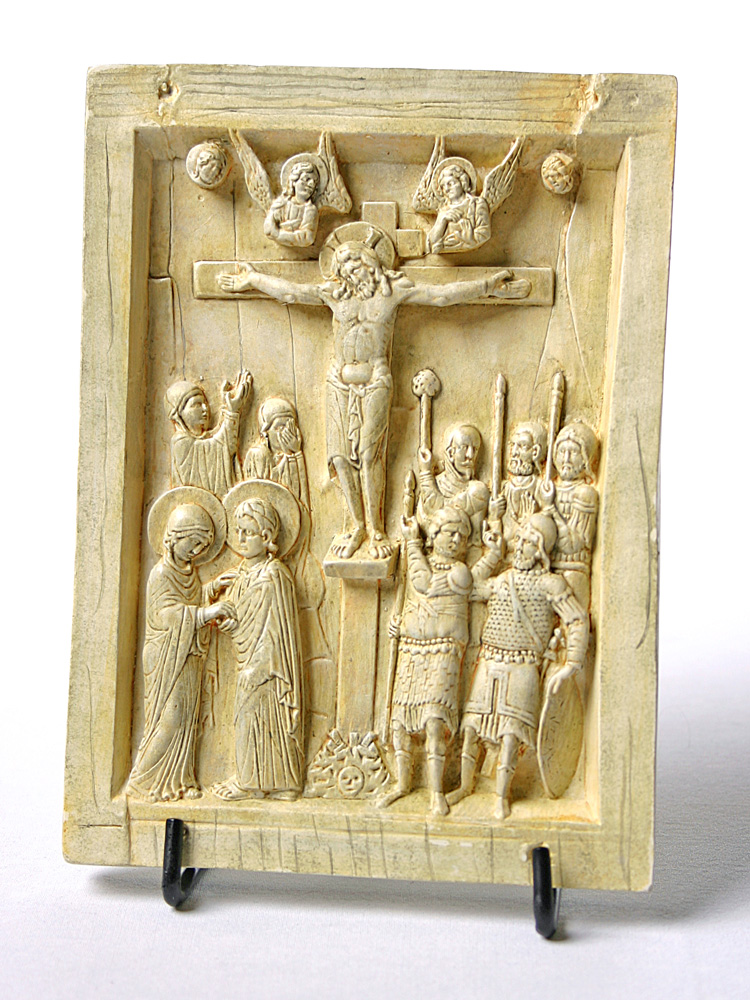
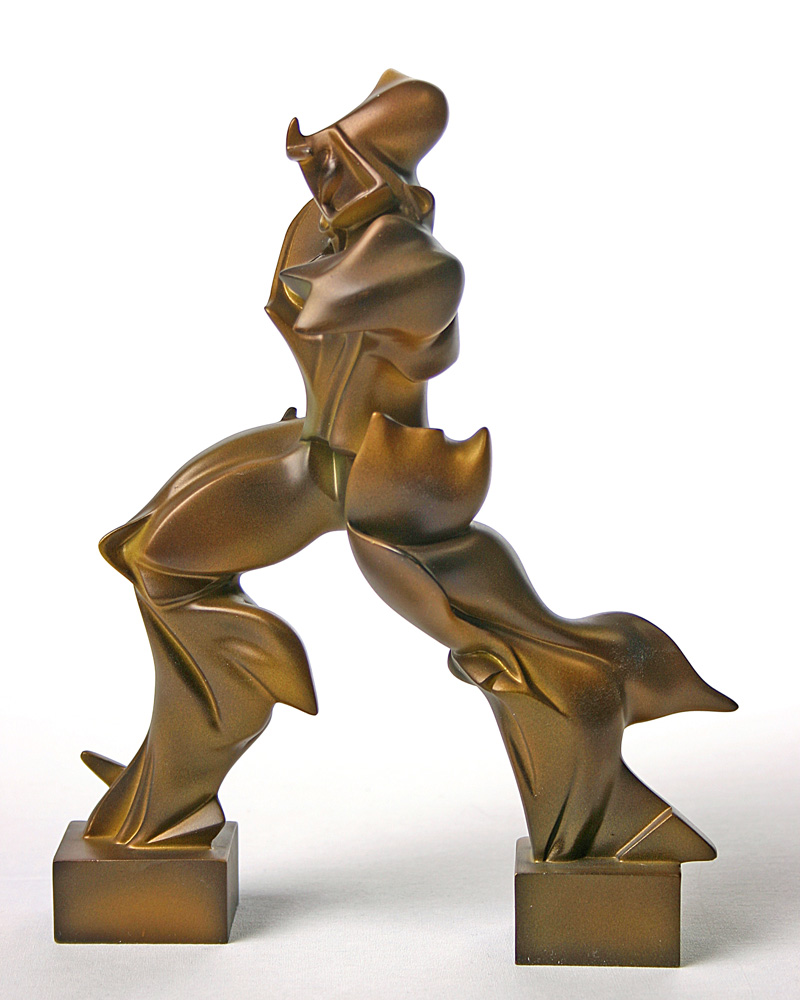
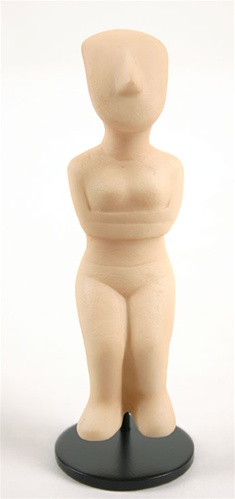

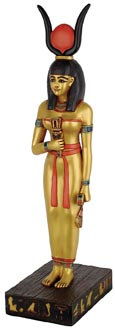
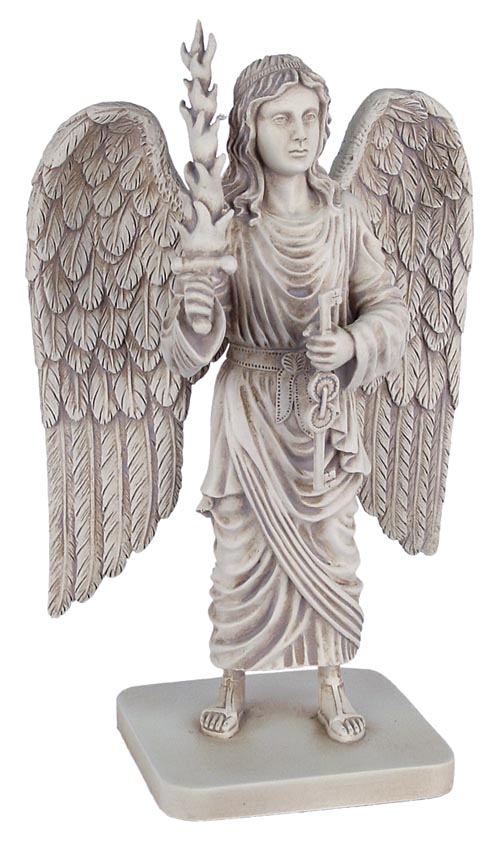

Reviews
There are no reviews yet.